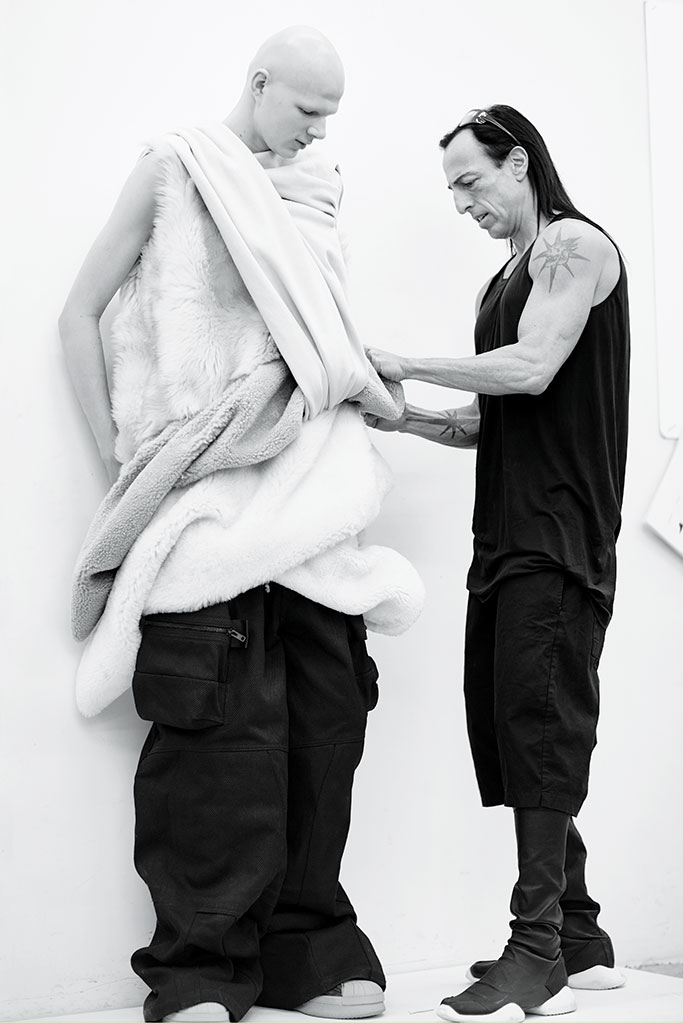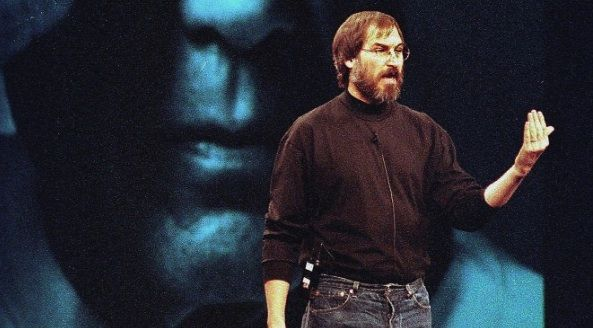Uniform
- igordon
- Apr 3, 2020
- 4 min read
"Elegance is elimination." —Cristóbal Balenciaga
President Barack Obama is famous for appearing in identical suits day after day. In a Vanity Fair interview from 2012, he explained the reasoning behind his simplistic wardrobe. He accredited this choice to his efforts in diminishing the amount of decisions he has to make on a daily basis. After Obama realized that the stress of choosing an outfit could be eliminated, he placed an order for multiple copies of the same two suits, one grey and one blue, from Martin Greenfield Clothiers, a long-time presidential tailor. This marked a change in Obama’s perspective on appearance. Obama's right hand man Reggie Love stated that during his 2007 presidential campaign, Obama did not have a wardrobe consultant. As America’s judgemental eyes were turned on the then-presidential hopeful, he and his team began making more calculated decisions about his attire. But when you move from campaigning to leading the nation, brain power can not be given to something as trivial as clothing in comparison to the wellbeing of the country. While Obama is primarily envisioned in his blue or grey suits, some will still recall his infamous tan suit. Dubbed “The Tan Suit Incident” by the media, the controversy revolved around a tan suit the President wore during a 2014 press conference discussing the United State’s military involvement in Syria. The suit's importance was blown out of proportion by the public and likely was not appreciated by the President, as he wanted America’s focus to be on issues of real value. After this, Obama did not differ drastically from his blue and grey suits again for the remainder of his time in office. The level of responsibility the United States president has is almost unimaginable, and adhering to a routine and personal uniform as much as possible helps alleviate that stress.
Barack Obama in tan suit, 2014
Since finishing his second term as President, Barack Obama no longer has to soften his demeanor with grey and blue suits. He had worn the darkest of greys and murkiest of midnight blues, but finally was free to take the final step and wear the color that looks best on anyone: jet black. During Obama’s tenure as President both formal and leisure clothing implemented some color to avoid harsher monochromatic outfits, but he is now regularly seen wearing black for both occasions.
Barack Obama in a custom Barack Obama in Milan, 2017
Rag & Bone bomber jacket, 2019
"Don't be into trends. Don't make fashion own you, but you decide what you are, what you want to express by the way you dress and the way to live." —Gianni Versace
Rick Owens is no stranger to a routine and a personal uniform either. Discipline and adhesion to self-imposed guidelines are part of what makes both Rick Owens the man and the brand successful. In an age of brands and boutiques closing down, Rick Owens soldiers on. The ideas that come to mind when you hear “Rick Owens” are immediate: greyscale, brutalist, thematic. His clearly defined brand identity was consistently built and maintained since he broke onto the scene some twenty-five years ago. Owens’ life is executed in a world of his creation, existing in carefully considered interior spaces. He moves through his world with his painstakingly sculpted and visibly capable body, while clad in garments made for his unique lifestyle. Owens is known equally for his avant-garde constructions as much as he is for his consistency. In a 2014 Harper's Bazaar article, the designer said “I like sticking with a decision: I have a stack of identical crisp black shorts, a stack of identical soft black T-shirts, and a stack of identical black cashmere turtlenecks.” He elaborated on his personal uniform for StyleZeitgeist in 2014, saying “I used to enjoy being flamboyant and extreme. Now it seems even more extreme to stick to a decision and repeat it forever.” Owens’ ethos has been honed down to his exact specifications, and the designer remains consistent in his vision.
Rick Owens (right) and a model (left), 2016
"The hardest thing in fashion is not to be known for a logo, but to be known for a silhouette." —Giambattista Valli
Then there is Steve Jobs, arguably the definition of the personal uniform. Close your eyes and you can easily picture this titan of industry in his black turtleneck, light-wash denim, and sneakers. Jobs unveiled his look at Macworld San Francisco in January of 1998, the keynote where he announced that Apple was finally profitable once again. Despite throwing on a suit for certain occasions, he didn't look back. His shoes, New Balance 992s, and his jeans, Levis 501s, were mainstream enough for Jobs to acquire easily. The Steve Jobs turtleneck, on the other hand, requires some backstory. In his biography, author Walter Issacson told the story as relayed by Jobs himself. During a meeting with Sony’s chairman Akio Morita, Jobs asked why Sony’s factory workers all wore the same uniform. Morita stated it was a way to bond the workers together and to the company. Jobs “Wanted that type of bonding for Apple," and started conversations with Issey Miyake, the designer responsible for Sony's uniforms. Miyake developed a uniform prototype for Apple, but it was met with dislike from the employees. “Oh man, was I booed off the stage,” says Jobs, regarding his suggestion. So instead of enacting uniforms in his company, he adopted one himself, commissioning his new friend Issey Miyake to make around one hundred identical black turtlenecks, completing his iconic outfit.
Steve Jobs, Macworld San Francisco, 1998
We see three men who adopted the concept of a personal uniform for different reasons. Barack Obama experimented, but ultimately fell into a routine of conservative suits while in office in order to save his decision making for critical issues. Rick Owens allows himself some flexibility, while still keeping his looks in the bounds of the personal brand he has created. Steve Jobs turned himself into a logo for Apple by wearing the same outfit consistently for the most publicized portion of his life. It is here that we arrive at the convergence of Barack Obama’s, Rick Owens’, and Steve Jobs’ ideas on a personal uniform: overarching consistency allows the focus to be not on the clothing but on the person, and more importantly, the work that person produces. After all, uniforms are made to be worked in.
Cover Photo: Courtesy of Gizmodo
Photo 2: Courtesy of GQ
Photo 3: Courtesy of Huffpost
Photo 4: Courtesy of FootwearNews
Photo 5: Courtesy of CultofMac
_edited.jpg)













Comments